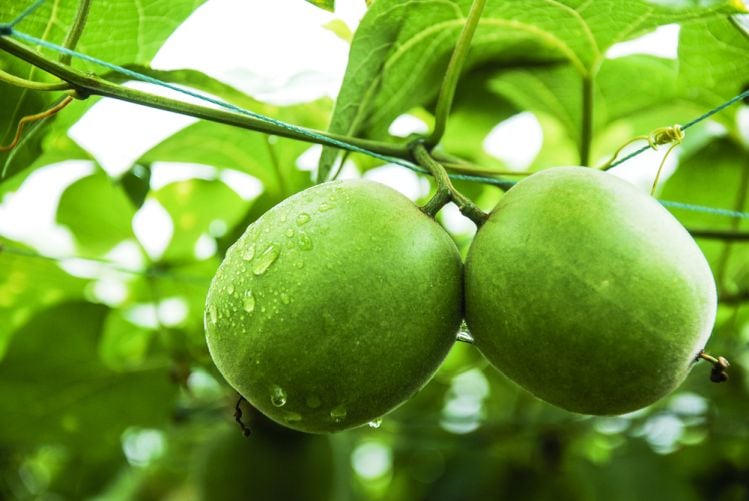MonkFiber – which can be listed on the ingredients declaration as ‘monk fruit fiber’ and has zero calories as it is almost all insoluble fiber - is likely to garner interest as it can serve as a fiber fortification and sugar reduction tool at the same time, said IBN president Rob Brewster.
“We believe that we are the first to formulate a monk fruit ingredient to be used in food and beverage applications that has a focus on the fiber content instead of its ability to be used as a sweetener.”
He added: “The addition of mogrosides and MonkFiber's antioxidant properties may [also] provide enhanced support for a healthy inflammation response, proper blood glucose management, and better immune health [according to invitro and animal studies]. We are also beginning to investigate if there is any prebiotic application of MonkFiber to support gut health.”
Suitable for bars, protein powders, fiber mixes, powdered drink formulations...
But is MonkFiber classified as a dietary fiber by the FDA, which has recently updated its rules clarifying which ingredients can be classified as ‘dietary fibers’ (and therefore counted as grams of fiber on the Nutrition Facts panel)?
“The classification with the FDA is still unknown as it is new and novel,” said Brewster. “But MonkFiber is a byproduct of monk fruit, which itself is already classified with the FDA.”
As for applications, MonkFiber – which is 100 to 250 times sweeter than sugar - comes in various mesh sizes to accommodate different applications from bars, protein powders and fiber mixes to powdered drink formulations (it is also available as certified organic), said Brewster.
“I think there is a great opportunity to make use of the sweet profile of MonkFiber to make bars.”





